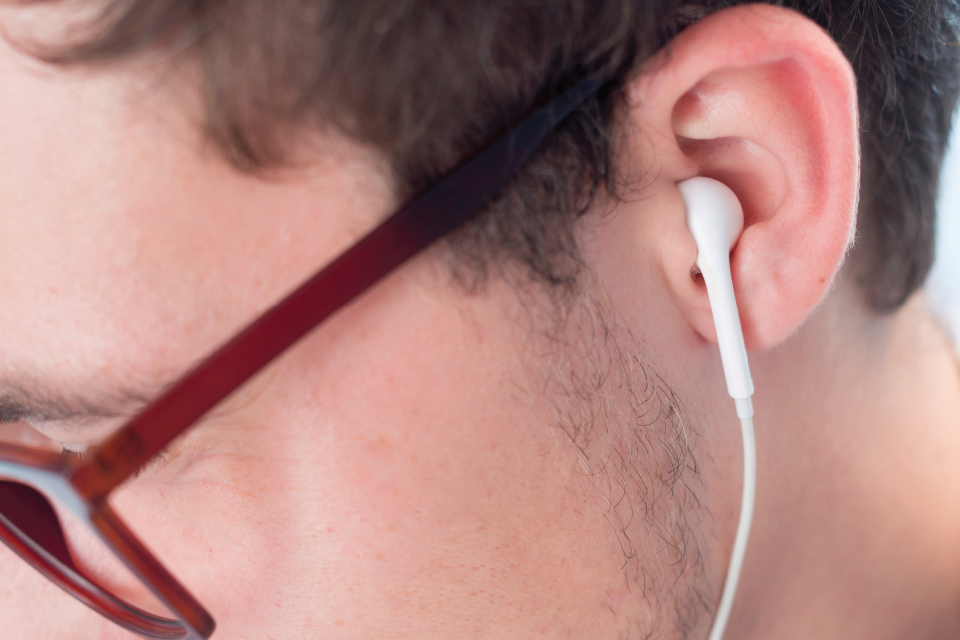The Ear

U.S. Kids and Hearing
1 in 5 teenagers experience hearing loss in at least one ear.
3 out of every 1,000 children are born deaf or hard-of-hearing.
9 out of every 10 children who are born deaf are born to parents who can hear.
Twenty percent of the US population experiences ringing in their ears.
Which of these can cause of tinnitus (ringing in the ears)?
a. buildup of earwax
b. rapid change in air pressure environment
c. repeated exercise with the neck in a hyperextended position (bicycle riding, for example
d. drinking an excessive amount of alcohol or caffeine
e. living in the South as opposed to the Northeast
[Answer: all of the above]
When Your Ears Ring, It Means…
someone is talking about you
a loved one is thinking about you
a friend is coming to visit
you are going to have a feast
you are going on a journey
you can expect a happy event
you are in for good luck
Cost of Hearing Aids
There’s a wide range in hearing aid options out there, ranging from $25 for one that goes behind-the-ear to $6,000 for one that is custom fitted. Downside: Medicare and most private insurers don’t cover the cost of hearing aids.
There are essentially three parts to the human ear–the outer, middle, and inner ears.
Pinna – the outer ear; made of ridged cartilage covered by skin.
Ossicles – the smallest bones in the body; located in the middle ear. The ossicles consist of the malleus, incus, and stapes bones. Sound causes these bones to vibrate and conduct vibration to the cochlea in the inner ear.
Cochlea – transforms sound into nerve impulses that travel to the brain.
Eardrum – the thin layer of tissue separating the middle ear from the ear canal and outer ear.
Ear Wax—it’s sticky and kinda gross. Is it necessary?
It keeps the ears from feeling itchy or dry in the same way that tears act to lubricate the eyes, and it traps dirt and dust, preventing outside contaminants from entering the inner ear.
Airplane Ear
The stress exerted on your eardrum and other middle ear tissues when the air pressure in your middle ear and the air pressure in the environment around you are out of balance. This is the clogged feeling you may get in your ears when flying–either while the airplane is climbing or descending. Yawning, swallowing, or chewing gum typically solve this symptom.
Physical Activity and Hearing Loss
A 2013 study published online in The American Journal of Medicine finds that a higher body mass index (BMI) and larger waist circumference are each associated with a higher risk of hearing loss. Researchers used data from 68,421 women in the Nurses' Health Study II who were followed from 1989 to 2009. Compared with women who were the least physically active, those who were the most physically active had a 17 percent lower risk of hearing loss. Walking, the most common form of physical activity reported among these women, was associated with lower risk. Walking two hours per week or more was associated with a 15 percent lower risk of hearing loss, compared with walking less than one hour per week.






